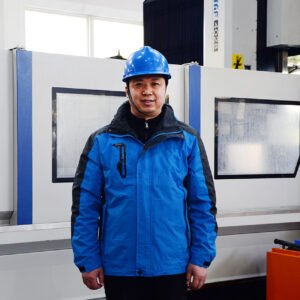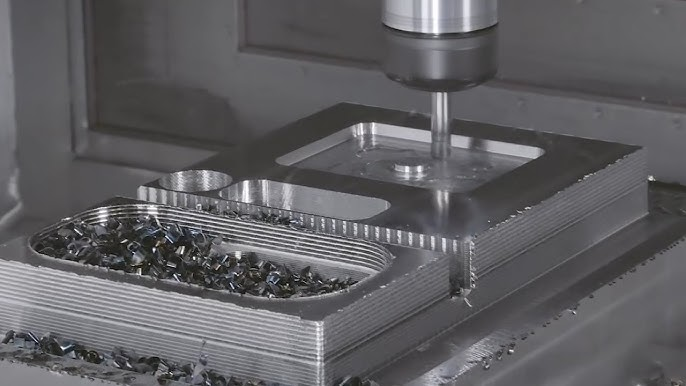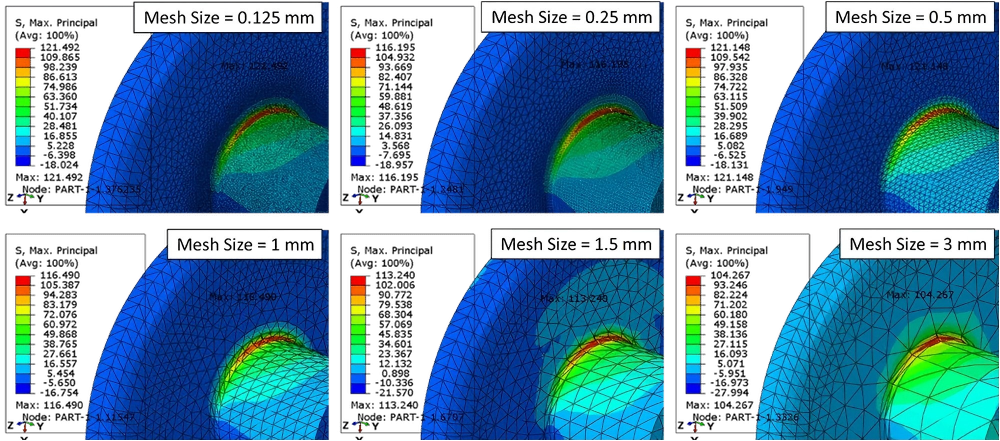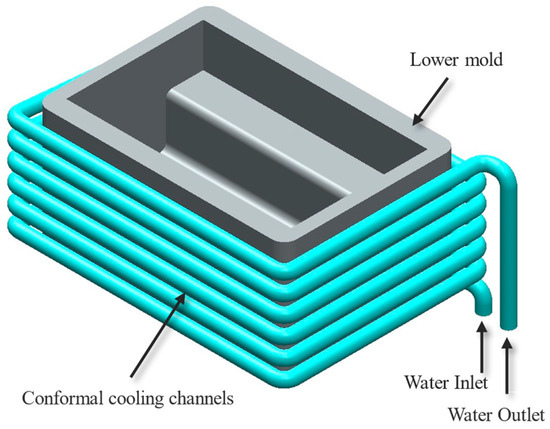In our journey exploring Vesconite materials, we've already discovered its exceptional properties and wide-ranging applications. As the third part of this series, this article will focus on practical application techniques for Vesconite—how to machine it, install it, and fully utilize its unique advantages in design.
Vesconite's advantages lie not only in its performance but also in its ease of use. You don't need specialized equipment or exotic tools. If you're familiar with machining metals like bronze or brass, you'll feel right at home working with Vesconite. However, like any high-performance material, mastering some best practices can help you achieve optimal results during machining, installation, and design. Let's delve into how to work with this revolutionary engineering plastic.
How to Work with Vesconite
One of the biggest advantages Vesconite brings to the table, apart from its performance, is just how user-friendly it is to work with. You don’t need specialized equipment, exotic tools, or a whole new skill set. If you're familiar with machining metals like bronze or brass, you’ll feel right at home with Vesconite.
But like any high-performance material, there are a few best practices that can help you get the most out of it, not just during machining but also during installation and design.
Machining Vesconite
Vesconite machines are much like bronze, but they’re a lot easier to handle because they’re lighter and softer (without being flimsy or fragile). It offers clean cuts and doesn’t chip or crack like some engineering plastics.

Here’s what you need to know to machine Vesconite efficiently:
Cutting Tools
- Sharpness is key: Vesconite responds best to sharp tools. Blunt tools can cause excessive heat build-up, leading to surface finish issues.
- Tool material: Carbide-tipped tools are ideal for prolonged life and better surface finishes, but high-speed steel (HSS) can also be used for smaller jobs.
- Edge geometry: Positive rake angles and polished cutting edges help reduce heat and ensure clean cuts.
Speeds and Feeds
- Moderate cutting speeds are recommended. Generally, 2,000–3,000 surface feet per minute (SFM) works well, depending on your tooling.
- Feed rates can be slightly higher than metals. Vesconite’s forgiving nature allows faster feed rates without chatter.
- Avoid excessive heat: High speeds can lead to material softening, so don’t be tempted to crank up the RPMs too much. Keep it cool and steady.
Cooling
- Coolant is optional, but it helps, especially for deeper cuts or drilling operations. Standard water-soluble coolants or compressed air can help dissipate heat.
- Dry machining: Vesconite is forgiving enough that you can machine it dry for many operations, but if you notice gumming or melting, back off and add coolant.
Drilling
- Chip evacuation is crucial. Vesconite is dense, and chips can pack into the hole, causing friction and heat build-up.
- Peck drilling is recommended for deep holes: drill a bit, retract to clear chips, repeat.
- Drill geometry: Use standard twist drills, but make sure they are sharp. For larger holes, step drilling can help reduce tool load.
Turning and Milling
- Vesconite machines cleanly, leaving a smooth, glossy finish without much post-processing.
- Turning: Standard lathe tools and inserts work fine. You can achieve tight tolerances easily.
- Milling: Standard end mills cut Vesconite effortlessly; just watch the heat on long passes.
Finishing
- Vesconite parts often come off the machine with a good surface finish, but if needed, light sanding or buffing can polish the surface.
- Avoid excessive polishing; overdoing it can generate heat and cause softening.
Key Advantage
- No chipping, no cracking: Unlike brittle plastics (looking at you, acrylic and some nylons), Vesconite handles complex machining without splintering, perfect for intricate shapes and tight tolerances.
Installation Tips
Once machined, installing Vesconite components like bushings or bearings is straightforward, but there are some tricks to getting a perfect fit:
Press Fits
- Vesconite components can handle light press fits.
- A slight interference fit (around 0.1–0.2% of the shaft or housing diameter) typically provides a secure, rattle-free installation.
- Temperature fitting: Cooling Vesconite parts slightly before installation can ease press fitting if tolerances are tight.
Bonding
- If you need to bond Vesconite to metal or another material, industrial-grade adhesives (like epoxies or structural adhesives) work well.
- Surface preparation is key:
- Lightly roughen the Vesconite surface with fine-grit sandpaper.
- Clean both bonding surfaces with an alcohol-based cleaner to remove oils and dust.
- Clamping during cure time ensures a strong, lasting bond.
Clearances
- One of Vesconite’s biggest advantages is no water swelling.
- This means you can design and machine to tight tolerances without compensating for expansion.
- Standard bearing clearances, around 0.001–0.002 inches per inch of shaft diameter, are usually perfect.
Fastening
- Standard fastening methods (bolting, screwing, riveting) work with Vesconite; just be sure to use wide washers or flanges if high compression loads are expected to distribute the stress.
Design Considerations
When designing parts that will be made from Vesconite, a few thoughtful touches can extend lifespan and improve performance:
Avoid Sharp Corners
- Stress concentrations at sharp corners can reduce part durability.
- Fillets or chamfers (rounded or beveled edges) help distribute stresses and make parts stronger.
Load Distribution
- Vesconite has excellent compressive strength, but under extreme loads, it’s smart to spread the load across a broader surface area.
- Consider using larger bearing surfaces or flanged bushings in high-load scenarios.
Thermal Expansion
- While Vesconite has lower thermal expansion than many plastics, it still expands a bit with heat.
- Design for slight movement if parts will be exposed to temperature swings.
- The coefficient of thermal expansion is typically around 6 x 10^-5 /°C, so factor this into tight clearance applications.
Lubrication Points
- Thanks to Vesconite's self-lubricating nature, you might be able to eliminate grease fittings or oil channels you’d normally add for metals.
- This not only reduces part complexity but also slashes maintenance needs.
Bonus Practical Tips
- Storage: Store Vesconite in a cool, dry area; although it's stable, keeping it out of direct sunlight prevents any surface discoloration over time.
- Prototyping: Vesconite machines so easily that it’s fantastic for making quick prototypes without expensive tooling.
Conclusion
When it comes to choosing materials, the engineering world is full of options: metals, traditional plastics, and composites, each with its own strengths and weaknesses. But what Vesconite offers isn’t just a small improvement; it’s a significant step forward.
We’ve seen how it combines the toughness of metals with the versatility of plastics. We’ve looked at its unbeatable wear resistance, self-lubricating properties, and dimensional stability. Whether you're working deep underground in a mine, navigating open waters, maintaining a fleet of trains, or optimizing agricultural equipment, Vesconite offers a level of reliability and cost-efficiency that’s hard to match.
And maybe the most important takeaway? Vesconite isn't just a substitute when traditional materials fall short, and it's often a clear upgrade. It's a material built for industries that demand more: more strength, more uptime, more performance.
On a personal note, learning about materials like Vesconite has changed how I approach engineering design. It’s a reminder that the smartest choice isn’t always the most obvious one. Sometimes, the best innovations come from rethinking what we expect from materials, pushing beyond the traditional choices, and embracing solutions that are tailored to the challenges we face today.
If you’re looking for a way to make your designs tougher, your machines run longer, and your maintenance headaches smaller, Vesconite isn’t just worth considering; it deserves a spot at the top of your list.
Through this three-part series, we've thoroughly explored the world of Vesconite materials—from its unique physical properties, to its wide range of applications to the practical machining techniques discussed today. Vesconite represents a major breakthrough in engineering plastics, combining the strength of metals with the flexibility of plastics, demonstrating excellent performance in numerous demanding environments.
Whether in mining, marine engineering, railway transportation, or agricultural machinery, Vesconite's wear resistance, self-lubricating properties, and dimensional stability make it an ideal choice. Most importantly, as we've seen in this article, Vesconite is easy to machine and install, further enhancing its practical value.
If you're interested in Vesconite materials, we encourage you to review the previous two articles to gain a deeper understanding of all the properties and applications of this revolutionary material. Vesconite is not just an engineering plastic; it represents a whole new approach to solutions, addressing engineering challenges through innovative materials science to improve performance, extend service life, and ultimately reduce total ownership costs.








